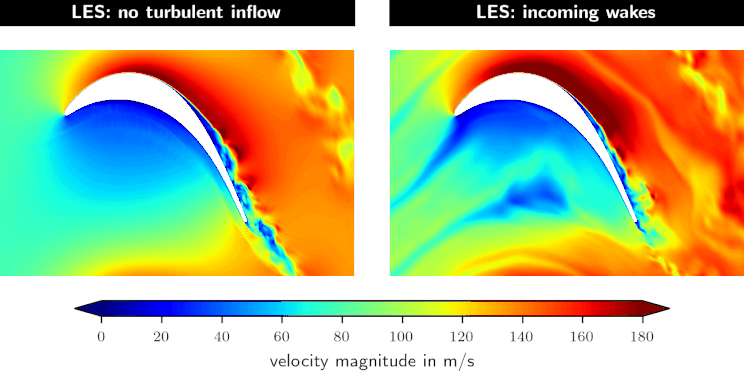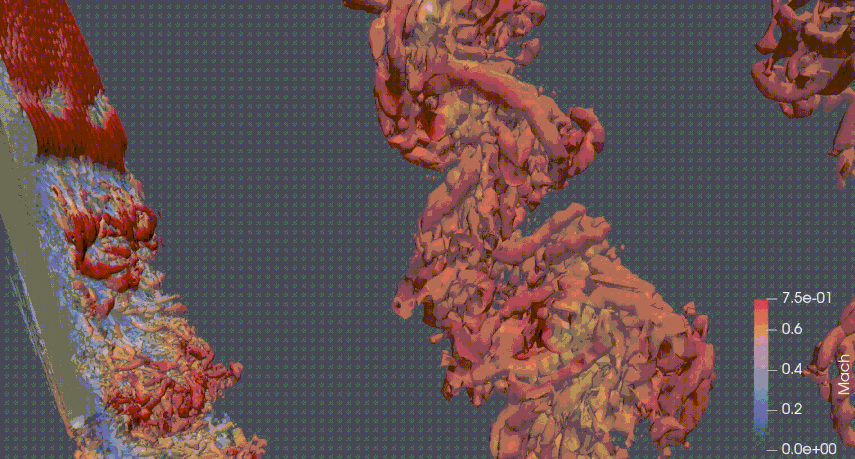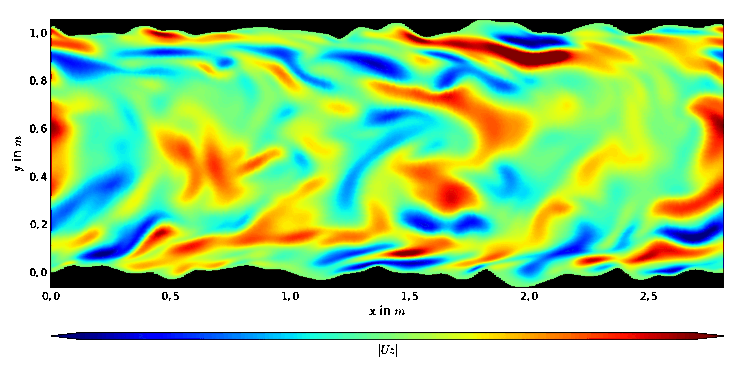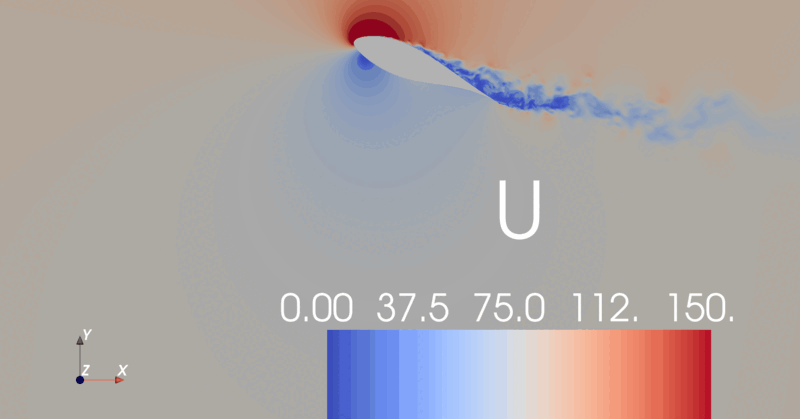The work is focused on two major points: The investigation of the physics of turbulence using scale-resolving numerical methods as well as experimental data from TFD test rigs, and applying this knowledge to the development of physical RANS models for turbomachinery design.
NUMERICAL METHODS
Due to their low cost in comparison to experimental investigations, computational fluid dynamics (CFD) are becoming more and more important in the design and investigation of turbomachinery and for general fluid mechanics problems. The choice of the numerical approach depends on the demands of accuracy and temporal feasibility. Whenever a high accuracy is required in terms of a high temporal and spatial resolution of turbulence, time and resource intensive methods such as Large Eddy Simulations (LES) or Direct Numerical Simulations (DNS) are chosen. In contrast to these expensive methods, the solution of the spatial and temporal averaged Reynolds-Averages Navier-Stokes (RANS) equations can lead to fast results for design processes. RANS methods use models to compensate for their deficit in physical accuracy.
The current focus is set on active and passive methods to influence the transitional boundary layers of low-pressure turbines (LPT), the influence of isotropic and anisotropic surface roughness on turbulent boundary layers as well as the stabilizing influence of periodic wakes on high decelerating axial diffusers and LPT profiles.
The numerical solvers range from commercial codes like ANSYS CFX, to scientific codes such as TRACE and to open source codes like openFOAM. The development of TRACE is conducted particularly in cooperation with the German Aerospace Center (DLR), MTU Aero Engines AG, Technische Universität Braunschweig, and Hamburg University of Applied Science and is focused on the development of new models and the improvement of present models. On top of that the research group is responsible for the administration an expansion of the IT-infrastructure at the TFD.
Group Leader


30823 Garbsen











